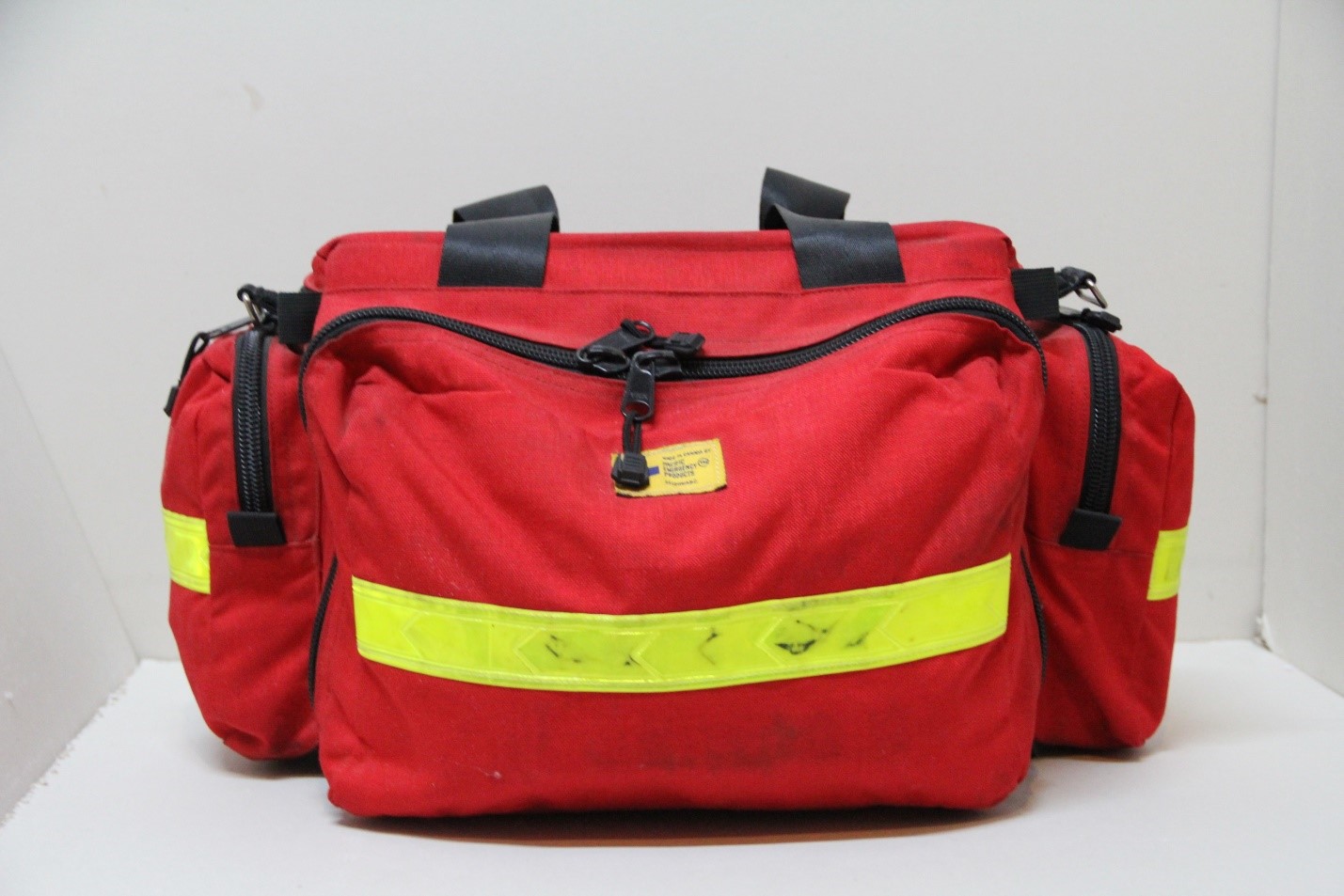
First Aid
In this course, you will learn the basics of first aid, the most common life-threatening emergencies, how to recognize them, and how to provide basic first aid care to the injured and ill, based upon the American Heart Standards and Guidelines. Our goal for you in this training course is to learn to respond, not react, to a medical emergency. Many people are afraid to respond to an emergency for fear they will make things worse or that they may be sued. However, recognizing that something is wrong and calling 9-1-1 will not hurt anyone else and may save a life. We will also discuss the “Good Samaritan” laws that will protect you from being sued for rendering first aid to the public.
Questions? Check out our FAQs page and How Online IV Certification Works!
Objectives
The participant will learn the following objectives during this course:
- List the medical emergency priorities, roles, and responsibilities of the first aid rescuer.
- Describe key terms in first aid.
- Identify steps in donning Personal Protective Equipment (PPE).
- Identify the problem.
- Describe the problem and the actions taken to correct it.
- Describe when and how to help a choking adult, child, and infant.
- Demonstrate how to use an epinephrine injection pen.
- Describe and demonstrate how to control different types of bleeding.
- Describe and demonstrate how to assess, recognize, and treat different types of wounds.
- Recognize basic elements of common injuries and emergencies.
- Recognize and respond to common illnesses.
- Describe to how to prevent illness or injuries.
- Recognize legal issues and questions for first aid rescuers.
Curriculum
Chapter 1: Introduction
- What you will learn
- Successful completion of this course
- Course objectives
- Responsive versus unresponsive person
- First aid terms
- What is first aid?
- Responsive
- Unresponsive
- Agonal gasps
- Cardiopulmonary Resuscitation (CPR)
- Compression
- Automatic External Defibrillator (AED)
- Adult
- Child
- Infant
- Phone for Help
- Roles and responsibilities
- Your role
- Giving first aid
- First aid kit
- Automatic external defibrillator (aed)
- Good samaritan laws
- How to respond to an emergency?
- Is the scene safe?
- When to call
- Who should help
- Universal precautions
- Gloves
- Gown
- Mask
- Goggles
- Donning and removing gloves
- Handwashing
- Steps to handwashing
- Soap and water
- Hand sanitizer
- Recognizing an emergency
- Moving the ill or injured
- Foot drag
- Shoulder drag
- Blanket drag
- Section Review
- Type of emergencies
- Stroke
- Signs of a stroke
- Learn more about strokes
- What do I do?
- Seizure
- What do I do?
- What type of first aid?
- Bleeding from the mouth
- Heart attack
- Signs and symptoms
- Chest discomfort
- Symptoms vary between men and women
- What do I do?
- Choking
- Signs and symptoms
- What do I do?
- Allergic reactions
- Signs and symptoms
- What do I do?
- Breathing difficulties
- What is a rescue inhaler?
- How to assemble and use and inhaler
- Diabetes
- Signs and symptoms
- Low blood sugar
- What do I do?
- Section Review
- Head, neck, and back injuries
- Signs and symptoms
- What do I do?
- Neck and back
- Burns and electrical injuries
- Burns
- Electrical injuries
- Nose bleed
- Internal and external bleeding
- What do I do?
- Signs of shock
- Sprains, strains, and broken bones
- Section Review
- Animal bites, snake bites, and bee stings
- Heat related problems
- Heat cramp
- Heat exhaustion
- Heat stroke
- Cold related problems
- Frost bite
- What do I do?
- Poisons
- Emergency action for poisoning
- First steps after an accidental exposure
- Information the poison center specialist will need
- Eye injury
- Section Review
- California Bill 241
- Implicit Bias in Healthcare
- What is Implicit Bias?
- Implications of Implicit Bias in Healthcare
- How to Reduce Implicit Bias
Price: $18.00
Contact Hours: 1.5

Course Author

Kevin Stansbury
Kevin Stansbury, MBA, BSN, BS, RN, CEN, VA-BC, is a Registered Nurse with over 25 years’ experience in the medical field including critical care, emergency medicine, and infusion therapy. He is currently living and working in the Central Valley of California. Kevin is a 13-year veteran of the U.S. Army where he served as a combat medic and nurse. He received several military decorations during his tours in Desert Shield and Desert Storm, including an Army Achievement Medal, an Army Commendation Medal, and the Kuwaiti Liberation Medal. Kevin also received his Expert Field Medical Badge while serving two tours in Korea.
Read Full BioCourse Accreditation
See our Accreditation Statements page to view our accreditation information.